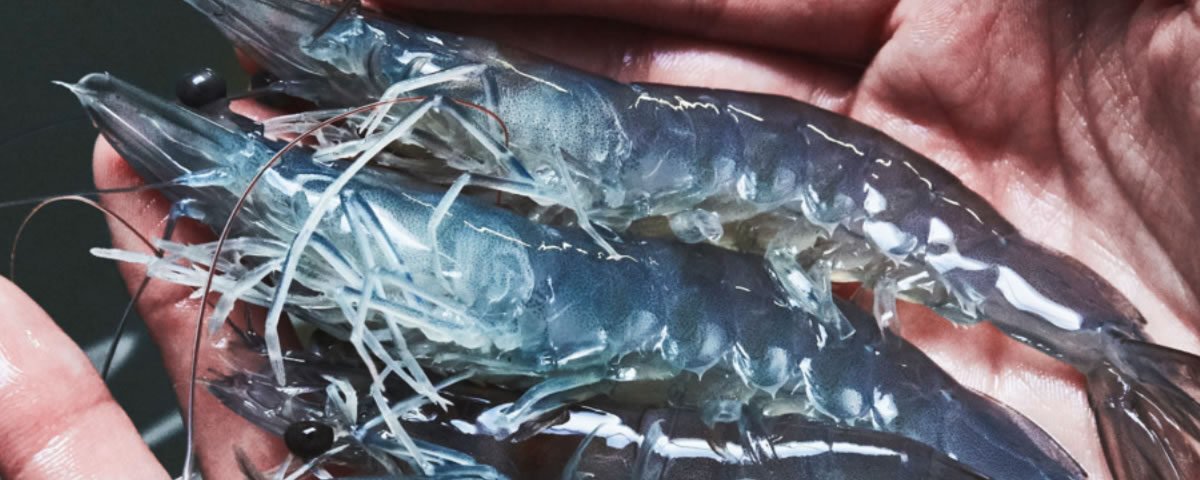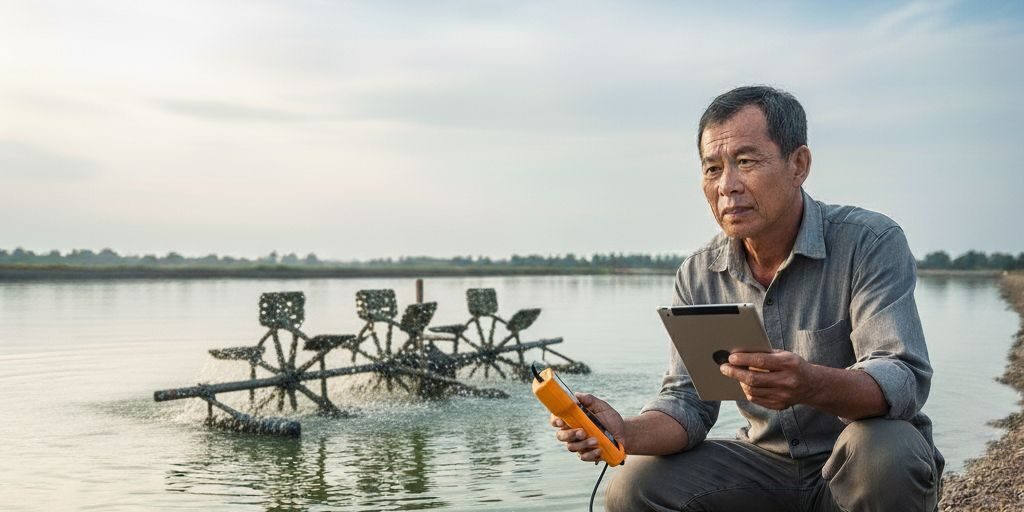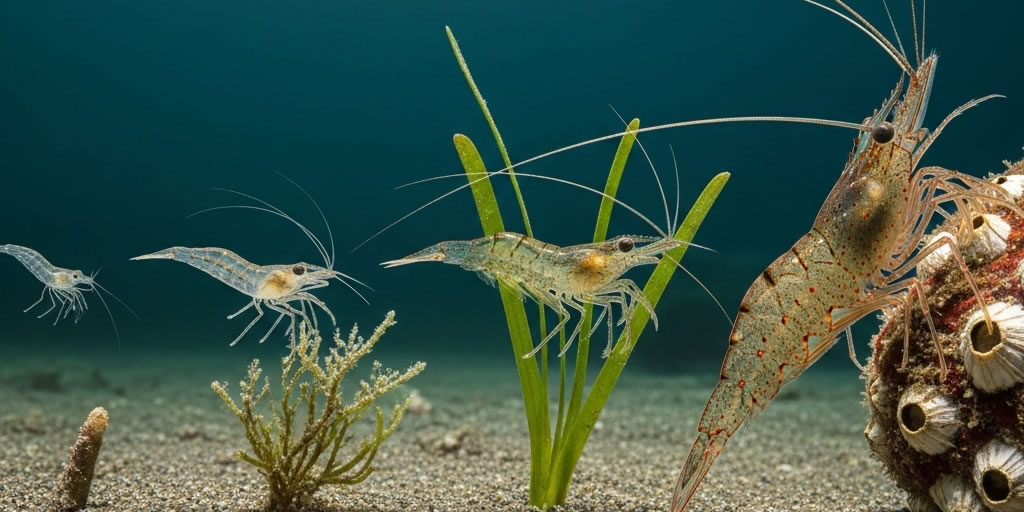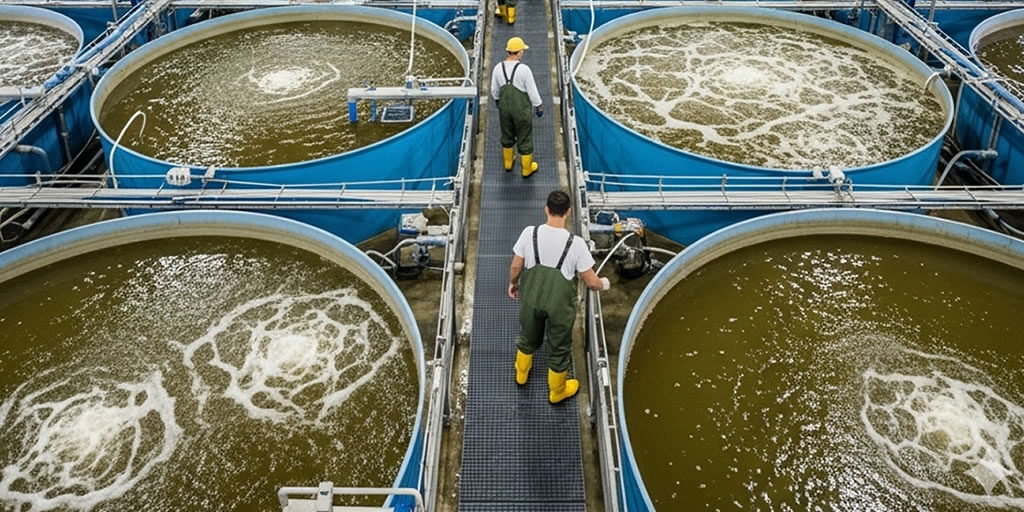- Software Gestor para Aquicultura
- (85) 2139-6730
- contato@despesca.com.br
Monitor and Optimize Your Production

Boost Your Shrimp Farming Productivity with a Digital Management System
01/08/2025
The Foundation of Success: The Strategic Choice of Quality Post-Larvae and Fry
01/08/2025Aquaculture Water Quality: The Key to a Profitable Farm
In any shrimp or fish farm, water is the heart of the business. And it’s not just any water, but water with the ideal quality that will guarantee the health and growth of your animals. Parameters such as pH, dissolved oxygen, ammonia, nitrite, and nitrate are not just complicated names; they are the pillars of a successful and, of course, profitable production. Understanding and monitoring these key indicators is the first step to preventing losses and maximizing your results.
The Role of Each Water Parameter in Aquaculture
For example, pH indicates the acidity or alkalinity of the water. Values outside the ideal range can stress animals and compromise their immune system, opening the door to diseases. Dissolved oxygen is vital for the respiration of shrimp and fish—without it, life simply stops. Ammonia, nitrite, and nitrate, in turn, are byproducts of decomposing organic matter and animal waste. While nitrate is tolerable in small quantities, ammonia and nitrite are highly toxic and can cause mass mortality if not properly controlled.
Why Continuous Monitoring is Essential
What’s the point of measuring if you have no way to record and analyze the data? Maintaining a detailed record and history of each measurement is fundamental for effective aquaculture management. This allows you to compare results from different periods, identify patterns, and predict problems before they lead to major losses. Transforming raw data into actionable intelligence for your farm is crucial for precise monitoring and making agile, effective decisions.
With a historical record of water parameters readily available, you get a clear view of the past to optimize the future. Having easy access to these records allows you to compare production cycles, adjust feeding management, and even plan harvests with greater accuracy. This translates into more productivity, fewer losses, and, ultimately, greater profitability for your aquaculture business. Don’t leave the success of your farm to chance; invest in smart, data-driven management.




